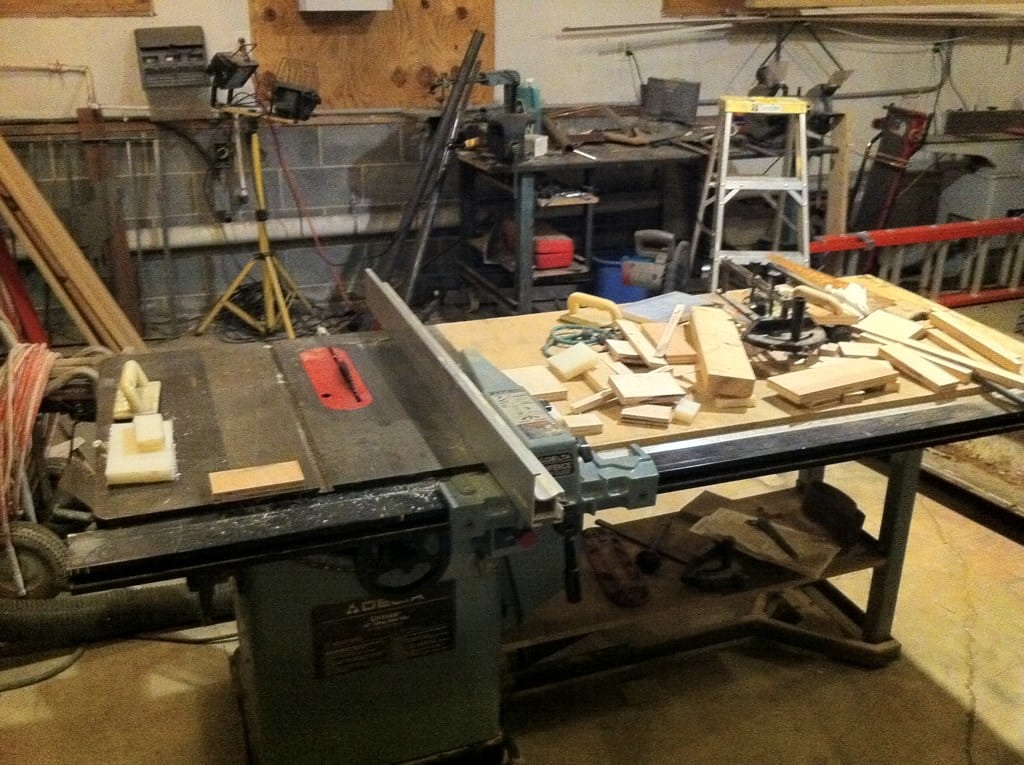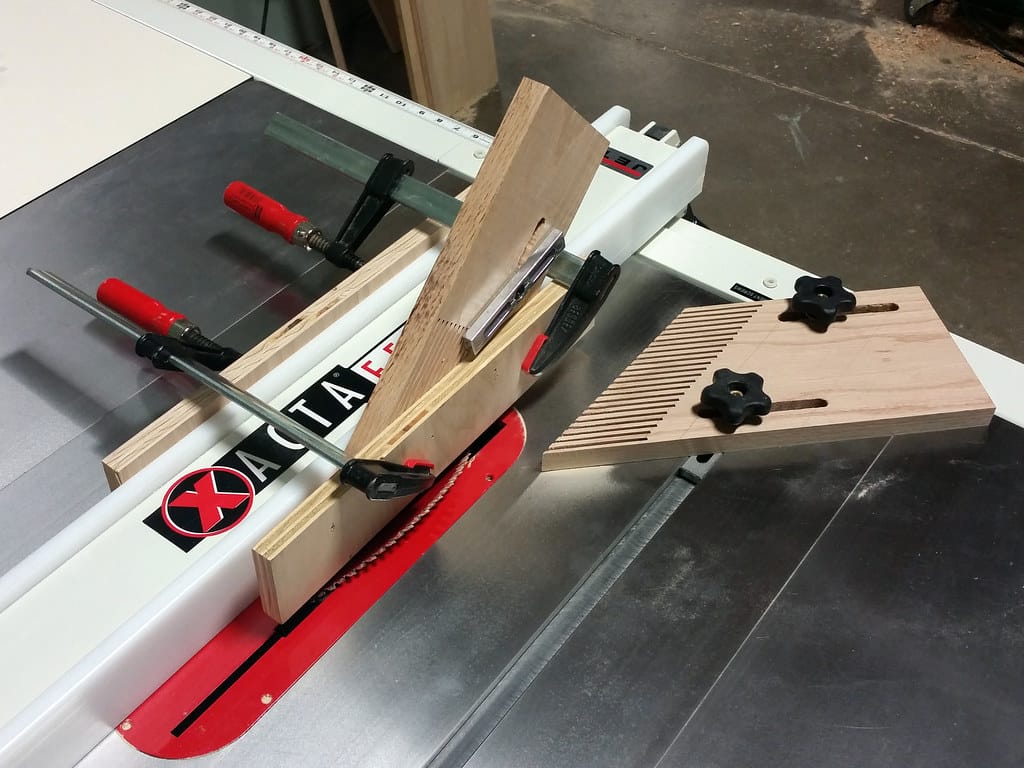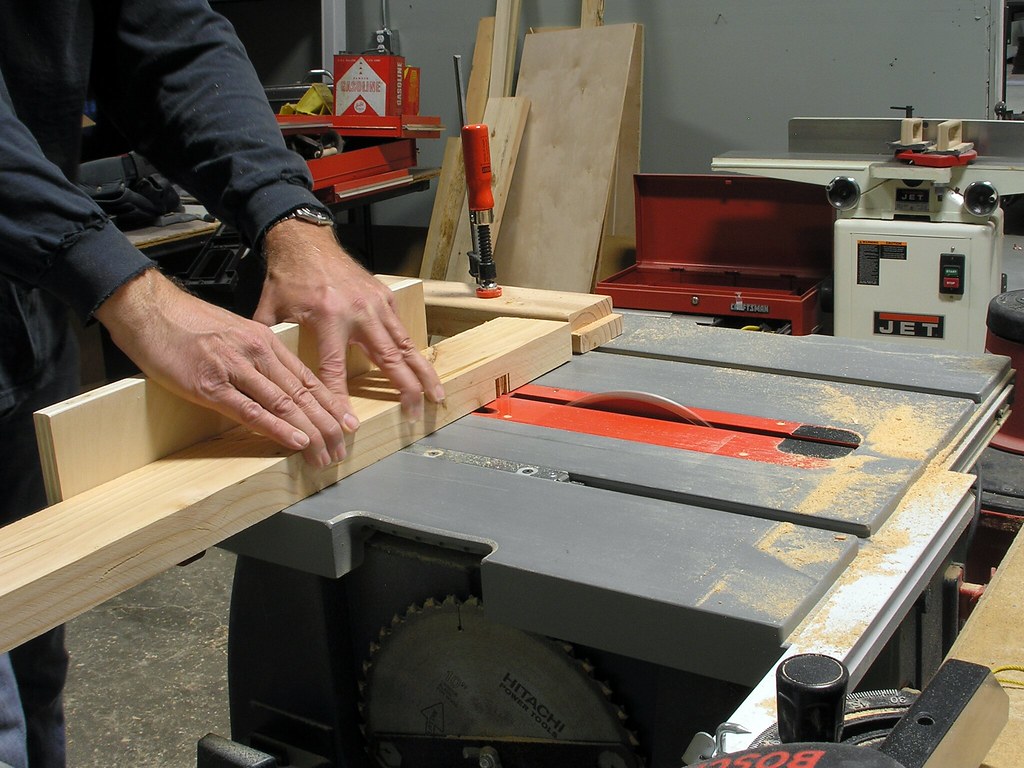Whether you are a professional woodworker or DIY type, there is a chance that you may need to use tapered cuts. The most used are the tapered furniture legs. How do you get to that though? First, having a table saw is critical for any woodworking or construction work. The table saw comes in a variety of models and sizes. It allows the users to choose what functionality best suits their activities. Having a table saw is one thing. Knowing how to handle it and use it to cut tapers on a table saw is another different story.
To achieve great taper cuts, it is vital to have the best table saw out there. Having insights on how to cut tapers on the table saw and the processes involved is also essential. The article highlights the materials needed and the steps involved in the process. Shall we?
Cutting Tapers Materials Needed
- A board or plywood
- A Clamp for mounting the pieces used as well as for safety and security measures
- A mounting block for holding the pieces in position
- Screw for screwing the clamp onto the mounting block
- A pencil for marking measurements to achieve perfect cuttings
- A fine blade for making clean cuts on boards or wood
- A tape for taking down the needed measurements
- A saw for making the taper cuts
- Power source which should be ideal and enough to ease the works of your machine without hitches
Step by Step Guide on Cutting Tapers on Table Saw

Ideal Base for Tapered Legs
Creating an ideal base is achieved using plywood or sheet materials. The material used should be strong enough to avoid any kind of breakages during the processes. Whether you either choose a sheet or plywood, it is appropriate to ensure that one straight edge is longer than the other one. The base should also be longer than the intended material to be tapered.
The Table Saw Blade’s Position
This is identifying the ideal position of the blade where it can enter and leave the workpiece. Such is achieved by drawing the taper on the piece and expanding the line to the end of the leg. While ensuring the taper line is well aligned to the base, a clamper should be used to hold the leg with the jig base and the bench.
The support board should have a similar length to the leg and attached behind the leg. Using screws, the support should be fastened into the identified appropriate position on the base.
Choosing a Stock block and Creating Blocks
First, the chosen stock block should fit the taper jig. The stock block is attached to the jig and positioned against the leg.
Two identical blocks should be made with similar thickness and length as the leg. The created blocks should be fastened behind the support and close to the leg’s end while ensuring there are no twists.
Screwing the Clamp

Once the mounting blocks are well-positioned, screw the clamps into the blocks. Make sure they are tightened well on the leg. Once this step is completed, the taper jig is ready for use.
Final Arrangements for Tapered Legs
Place the jig on the table saw and ensure the blade is adjusted and the teeth are a quarter-inch over the upper part of the leg. The jig should be held on the rip fence while adjusting. Before locking the rip fence, you should pull the jig backward to ensure it is not firmly attached to the blade. Once confirmed, you can lock the rip fence.
Turning on the Table Saw
With utmost keenness, start the table saw and feed the jig towards the rip fence. It ensures that the taper is ripped well. The hands should be used to provide ultimate support to the jig. The procedure allows you to produce tapered and angled cuts using the table saw.
High-quality cuts to the taper are produced following this process. If there is a need for tapering the leg again, the leg blank should be rotated at 90 degrees. The same applies to the jig. With such simplicity, a professional or a beginner can make taper cuts on the table saw.
How To Cut Tapers on a Table Saw – Conclusion
Finding affordable table saws is easy. Producing taper cuts using a table saw is a simplified and straightforward process as illustrated in the guide. The method is safe and delivers quality tapered cuts for your furniture. Safety and keenness are advised during the process. It is important to however note that this process is not an ideal one for cutting identical parts due to non-repetitiveness like other methods.





